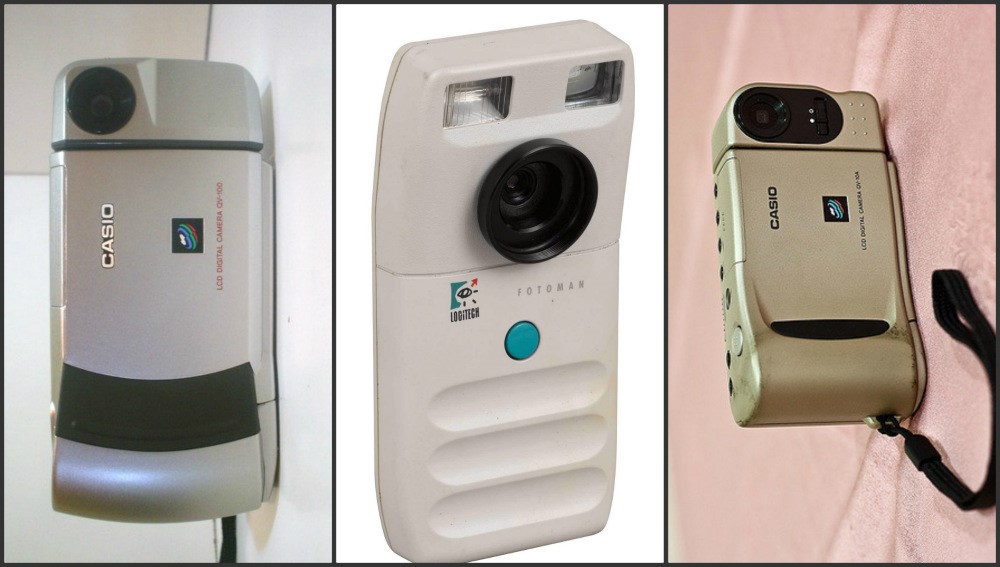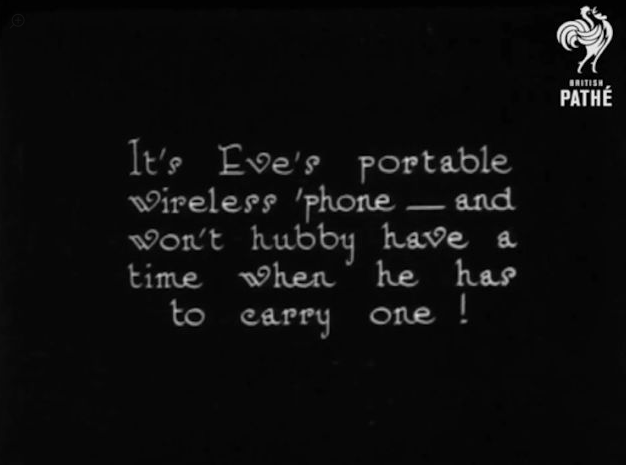
Of the many time traveling hoaxes propagating on the Internet, two of the most iconic are the time traveling hipster appearing in a 1941 photograph wearing contemporary clothing, and the 1928 woman caught on film speaking in what looks like a mobile phone. Recently, a viral video surfaced showcasing a suspected time traveler photographing Mike Tyson with what appears to be an HTC smartphone, during a 1995 boxing match. The question that ultimately needs answering then becomes: are we looking at authentic time travel evidence, or have our brains deceived us once again?
Misinterpretation play a defining role in mystifying the artifacts present in time travel myths. Human psychology’s ability to perceive order in chaos, a phenomenon called pareidolia, can often backfire, interpreting noise as a pattern when in fact none exists. This is why the mesa in the Cydonia region of Mars is often perceived as a face in satellite photos. Another example, the Rorschach inkblot test, uses pareidolia in an attempt to understand a person’s subconscious.
The Mike Tyson 1995 cameraphone is no different.
According to Snopes.com , the camera appearing in the footage could have been “any number of handheld cameras that were in fact widely available in 1995,” citing the Casio QV-10A and Logitech Fotoman as possible examples.

Given the low resolution of the original video and the façade of contemporary HTC phones, the comparison is uncanny. For reference, check out three contemporary HTC phones below.

Still, it’s amusing to note the impact contemporary culture has had on the melding between pareidolia and our personal biases, replacing the faces we once thought we saw, with mobile devices. Factor in some overlapping language and things will rapidly escalate. Take a 1922 advertisement for radio, depicting a device titled the “mobile telephone.” It caused lots of confusion when it was posted online a few years ago, with many people claiming it as proof that certain technologies are older than they seem. But the fact is that the terminology used for radios during the early 20th century included the words “wireless telephone.”

Nonetheless, this whole fiasco gives you insight into where our true priorities lie.
Source: Gizmodo
Advertisement
Learn more about Electronic Products Magazine





